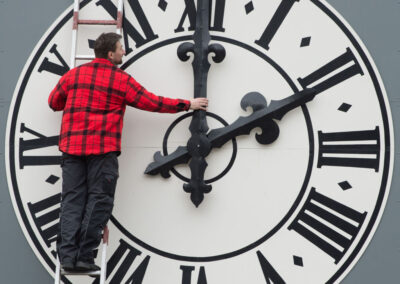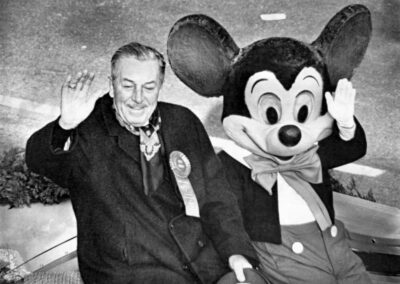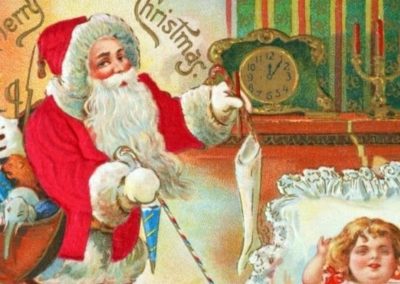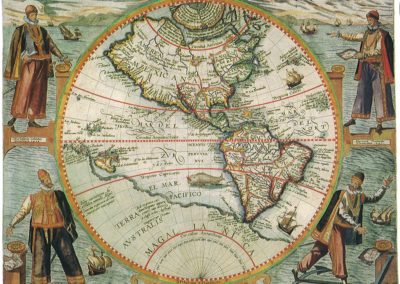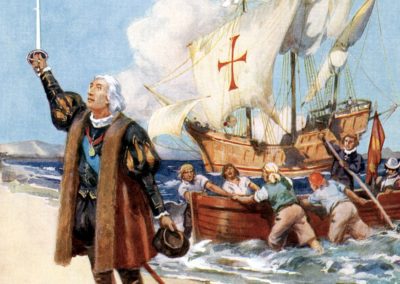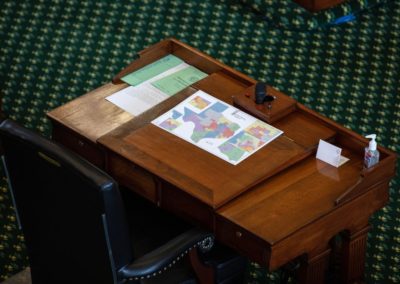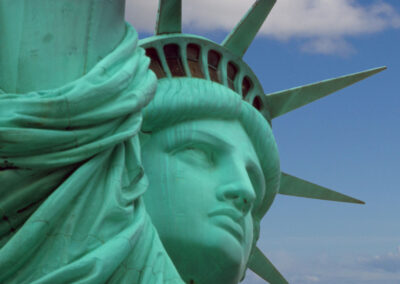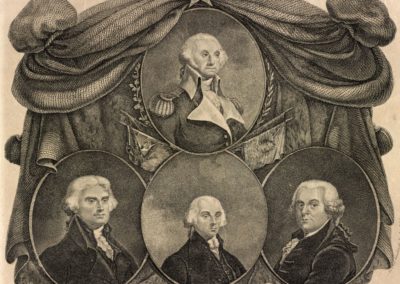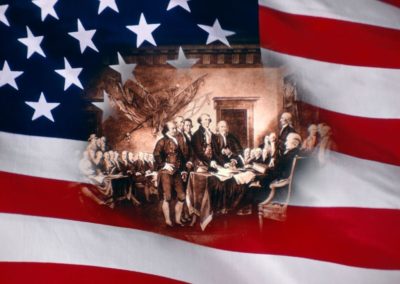Emily Dickinson – The Myth
One of the greatest poets of the 19th century wasn’t recognized until after her death.
By: Kelli Ballard | April 8, 2025 | 734 Words
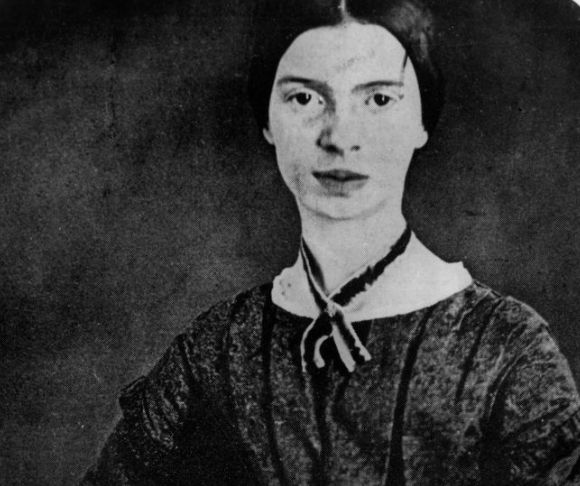
Emily Dickinson (Photo by Mondadori via Getty Images)
“Hope is the thing with feathers –
That perches in the soul –
And sings the tune without the words –
And never stops – at all –“
~ Emily Dickinson
Emily Dickinson (December 10, 1830 – May 15, 1886) is considered one of two of the leading American poets from the 19th century, the other being Walt Whitman. Although she is still widely studied and read for pleasure today, she never had any of her poems or work published in her own name. Part of that was because of the times, when it was difficult for a female to publish work. Another reason could be because she preferred sending her writing to friends and didn’t seek public recognition.
Emily Dickinson – Early Life
Emily was born between two other siblings: an older brother, William Austin Dickinson; and a younger sister, Lavinia Norcross Dickinson. The three children attended a one-room primary school in Amherst, Massachusetts, until they got older. William later went to Willison Seminary while the sisters continued their education at Amherst Academy.
Emily said she enjoyed everything about the school, including the teachers and students, but she especially loved attending college lectures in subjects such as astronomy, botany, chemistry, geology, mathematics, natural history, natural philosophy, and zoology, as reported by the Poetry Foundation. The ability to learn from these topics may have been an influence on her writing and her love of cultivating plants and flowers.
The Reclusive and Rebellious Poet
 Emily Dickinson mostly stayed her entire life near her childhood town in Amherst. As she grew older, she became more of a recluse, opting to keep with her own company and instead write to friends and family. Throughout her adulthood, she put together little manuscripts of her work and sent them to loved ones, rather than trying to publish them. Her work was not usual for the time period. For one thing, she didn’t follow punctuation norms. She liked to put dashes of varying lengths, sometimes horizontal, sometimes vertical, in place of commas or other punctuation. However, when editors got a hold of her work after she died, they “cleaned” up these marks to make them fit into what was approved at the time. Scholars still today wonder if Emily’s different style would have affected her work, making the rhythm it was read different or the meaning deeper.
Emily Dickinson mostly stayed her entire life near her childhood town in Amherst. As she grew older, she became more of a recluse, opting to keep with her own company and instead write to friends and family. Throughout her adulthood, she put together little manuscripts of her work and sent them to loved ones, rather than trying to publish them. Her work was not usual for the time period. For one thing, she didn’t follow punctuation norms. She liked to put dashes of varying lengths, sometimes horizontal, sometimes vertical, in place of commas or other punctuation. However, when editors got a hold of her work after she died, they “cleaned” up these marks to make them fit into what was approved at the time. Scholars still today wonder if Emily’s different style would have affected her work, making the rhythm it was read different or the meaning deeper.
Emily Dickinson attended church regularly until she was in her thirties, but she was considered by many to be a pagan. A lot of her work favored science over religion. Whether this is true is still in debate today. Here is a poem she wrote on the subject:
Some keep the Sabbath going to Church –
I keep it, staying at Home –
With a Bobolink for a Chorister –
And an Orchard, for a Dome –
Some keep the Sabbath in Surplice –
I just wear my Wings –
And instead of tolling the Bell, for Church,
Our little Sexton – sings.
God preaches, a noted Clergyman –
And the sermon is never long,
So instead of getting to Heaven, at last –
I’m going, all along.
Because Emily Dickinson was such a recluse, she became a fascination for others who referred to her as “The Myth.” Legends and myths surrounded her mysteriousness and one of those beliefs stemmed around her always wearing white. Before she died, she started wearing a white dress and even told her family she wanted to be buried in a white coffin while wearing a white robe. But she wrote in a letter that she owned a brown dress and there are photographs of her wearing darker clothing. The Amherst Historical Society and Emily Dickinson Museum have a white dress on display that the poet reportedly wore.
There is still a lot of debate surrounding her life and work. Some scholars suggest she wanted to get her work published, which they say is why she bundled copies of 800 of her poems into little books, although she did not send them to a publisher. Emily Dickinson didn’t get recognition for her work until after her death. Today she is celebrated for her bold, original verse, her haunting voice, and her independent writing where she shown bright as a rebel of her time.

- Emily Dickinson was considered a rebel for her time.
- Emily Dickinson never had anything published under her name until after her death.
- “The Myth” poet is still surrounded in debate and mystery today.

